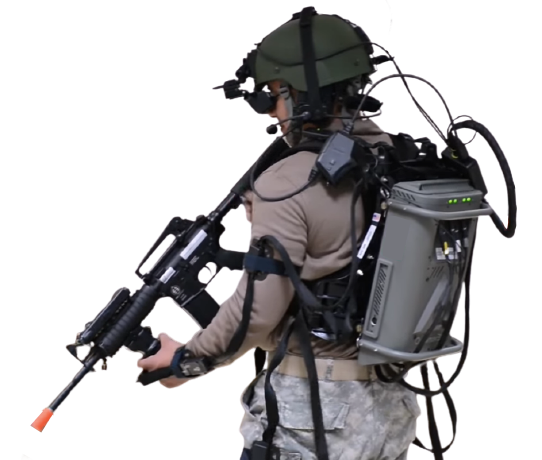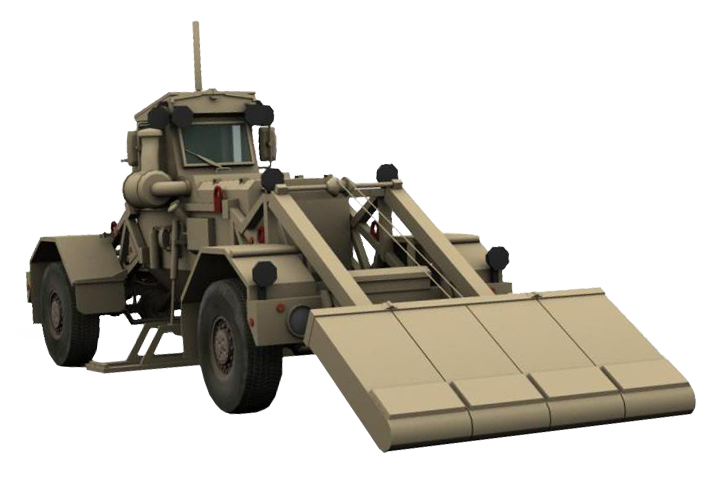The technological advancement has led man to imitate the natural environments using computer-generated simulations. Every environment can be imitated, no matter if it is entertainment/amusement business, medical field, governmental, or even industrial sectors. VR technology provides human beings real-life like experiences and exposures but in a completely imaginative and virtual world. Seems interesting, isn’t it?
Its ever-increasing popularity and effectiveness have led its applications in the military, where all three services like Army, Air force, and Navy have embraced its benefits and are implementing it thoroughly to train their soldiers. VR has been widely adopted for its use in military training. War, flight, and naval simulations are created; soldiers are then exposed to these virtual environments to cope with the difficulties and challenges of battlefields.
The soldiers gain the first-hand experience of fighting on the virtual enemy without harming their selves. The pilots take a virtual flight and learn about flying without embarking the plane in reality. The naval forces are exposed to oceans and their challenges, but all virtually. Hence, it saves billions that were to be spent in creating the environments otherwise. Moreover, the training is completed without the loss of any life, and even without any serious, notable injury to the trainees.
In this article, we are going to focus on the use of VR in military training. There are some VR training applications and tools. Their names are given below:
- Aviation Combined Arms Tactical Trainer- Aviation (AVCATT-A)
- Dismounted Soldier Training System (DSTS)
- Counterinsurgency Planning Tool
- VR for Husky Mounted Detection System (HMDS)
Aviation Combined Arms Tactical Trainer-Aviation (AVCATT-A):
This application is widely used in the training of soldiers, which provides the experience of controlling five different army helicopters for the training goals. It is not a regular VR simulator; it is a highly advanced simulator, which is used by professional warriors to evolve their skills and techniques. This application can create a virtual battlefield by producing real effects, for example, changes in temperature, blowing wind, dusty environment, etc.
Dismounted Soldier Training System (DSTS):
This VR application is used in the strategic training of soldiers via teamwork effectively. This system consists of wearable equipment, i.e., helmet, headphones, microphones, and backpack. This system exhibits real war-like circumstances to expose the soldiers and trainees. So, they can have a realistic experience of the battlefield.

Counterinsurgency Planning Tool:
The main focus of this virtual reality-training program is to make soldiers strong and trained enough for any imminent threats. This application is specifically developed for the soldiers to teach them how to explore fierce landscapes of a conflict zone and what to anticipate from insurgents operatively.
The air force and army have used these training programs, but now the Navy is also taking the initiative to start practicing virtual reality applications to train their staff to keep them prepared for any external threat.
VR for Husky Mounted Detection System (HMDS):
It is a very amazing application that teaches the soldiers how to use/operate well the advanced military equipment/machinery on the ground. This app allows a person to learn about how to operate different functions and operations of the system so that they can handle them well before using it in reality. This application has highly complicated detectors for the detection of metals and non-metals, bombs, anti-tank mines, etc.

Conclusion:
The application of VR in military training is increasing rapidly because of its easy implementation and result-oriented approach. It has enabled the soldiers to equip themselves with vast experience and exposure to tackle different challenges in extremely difficult situations, without any serious injury. Just like many other fields, VR has also been quite beneficial for military training. The use of VR has the potential to become mainstream in all types of military training.
from Linux Hint https://ift.tt/3ecIGn9




0 Comments